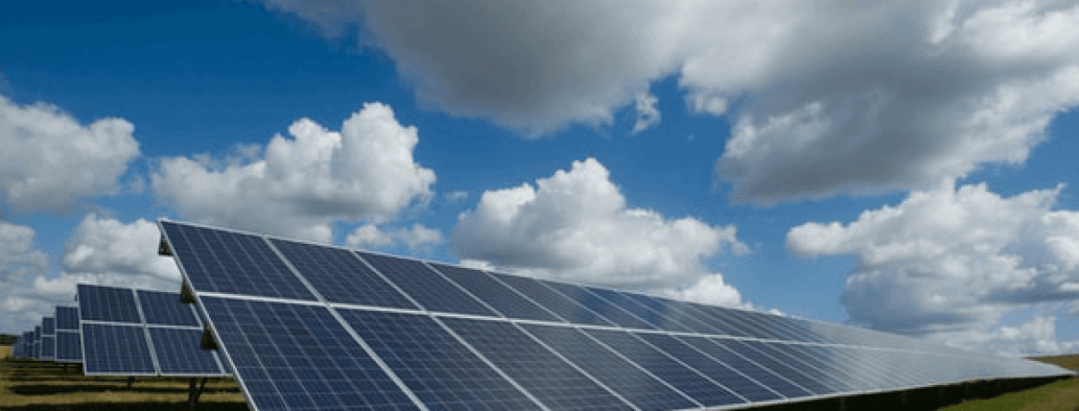In December 2020, the Victorian Supreme Court held that the value of electricity generation plant and equipment at a 75-turbine wind farm was not included in the ‘capital improved value’ of land leased to the relevant wind farm operator because such assets were categorised as personal property (and not fixtures).
This materially reduced the amounts payable by the wind farm operator on account of increases in outgoings, rates and taxes assessed against the land and serves as a timely reminder for renewable project developers and landowners alike to ensure the distinction between personal property and fixtures in their land access documentation is properly considered.
BACKGROUND
AWF Prop Co 2 Pty Ltd v Ararat Rural City Council [2020] VSC 853 concerned a dispute about the amount owing to the Ararat Rural City Council (Council) by the relevant landowner in relation to a fire services property levy created under Victorian statute (Levy).
The Levy is assessed based upon the capital improved value of land. In this instance, the Council imposed an annual Levy of approximately $750,000 on the landowners on the basis that the approximately 75-hectare landholding had a capital improved value of $470 million (inclusive of the value of the turbines and associated electrical infrastructure).
A large portion of this Levy was then passed through to the wind farm operator (Operator), which had agreed with the landowners in its lease documentation that it would pay any additional rates, taxes and outgoings assessed on the land as a result of the Operator’s activities.
Among other reasons, the Operator objected to the Council’s assessment on the basis that:
(a) the generation plant and equipment were personal property (and not fixtures) for the purposes of the common law; and
(b) therefore, the value of such plant and equipment should not be included in the capital improved value of the land when assessing the Levy.
DECISION
The Court accepted that the turbines were ‘very firmly attached to their foundations, and that the foundations may be considered to be part of the land’, however held that the turbines were not attached to the land with the objective intention that they would become part of it.
Accordingly, the turbines and other above ground improvements were found to be personal property (and not fixtures) and were therefore not taken to be part of the capital improved value of the land for the purposes of the Levy.
Judge Richards considered it to be significant that the assets were on leased land and that the 25-year term of the lease coincided with the forecast working life of the turbines, each assisting to displace the presumption that the relevant above ground assets were fixtures.
COMMENT
Under section 36A of the Electricity Act 1996 (SA), the default position is that electricity infrastructure does not merge with the land (i.e. such infrastructure will not become a fixture), however, it is possible for parties to contract out of this and each case will turn on its own facts.
It is standard market practice for land access documentation entered into between renewable project developers and landowners to make it clear that:
(a) ownership in the generation plant and equipment will not vest in the landowner (and that such plant and equipment will not be fixtures); and
(b) any incremental increases in levies, rates and taxes which are directly attributable to the operator’s activities are to be paid by the operator.
Despite the above, this case emphasises the importance of such provisions and how they can become relevant in practice. It is important that renewable project developers and landowners properly consider these aspects of their land access documentation to ensure that undesirable and unintended outcomes can be avoided.
Such considerations are also important to ensure the relevant project is bankable. Project financers will always require the “chattel–fixture” distinction to be clear in order to avoid conflict between the freehold mortgagees of landowners and the relevant project financiers (as the Personal Property Securities Act 2009 (Cth) does not extend to security interests in fixtures).
If you have questions regarding this legal alert, please contact:




